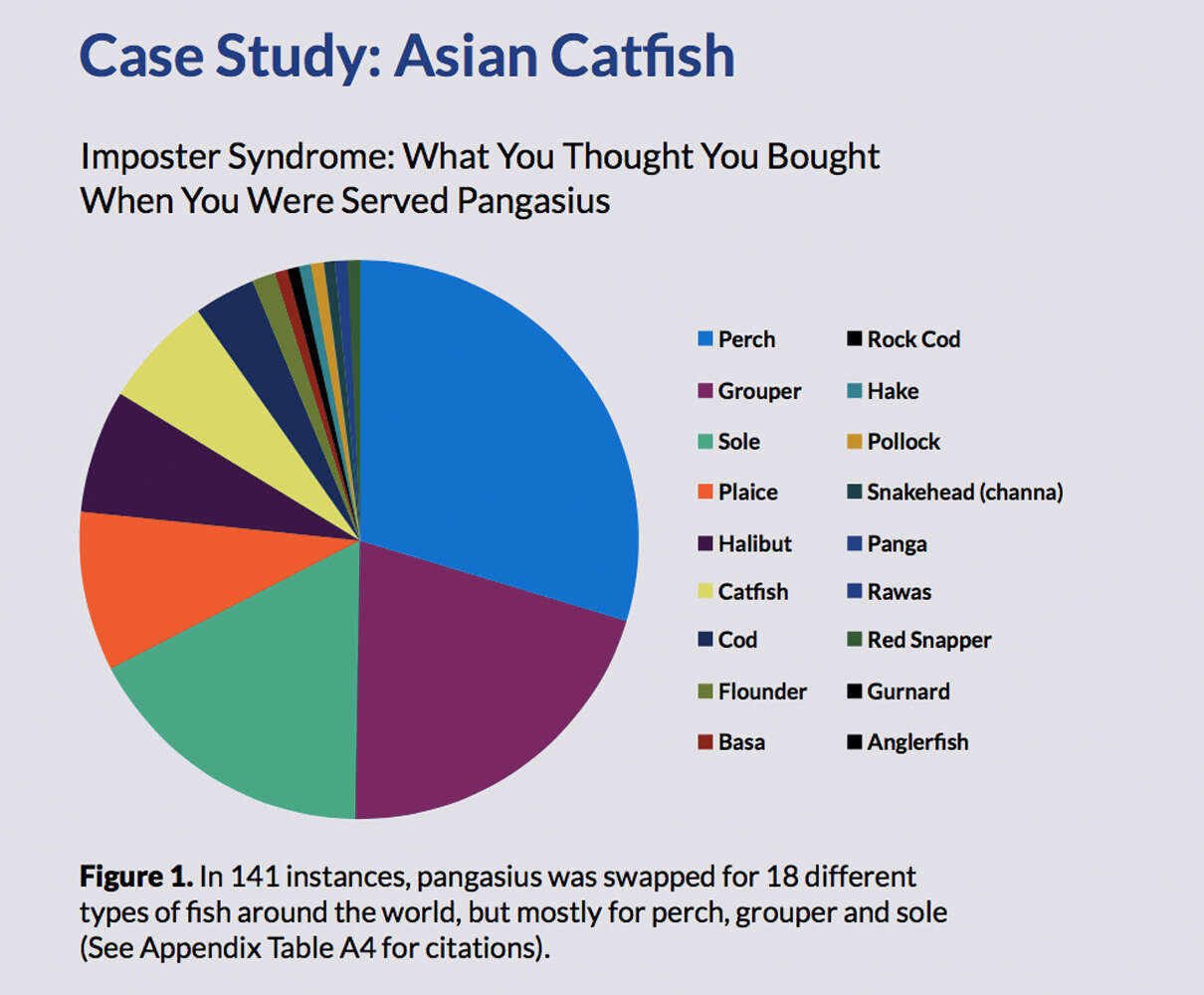A tumid unexampled study from Oceana — an ocean advocacy mathematical group — reveals a worldwide epidemic of mislabeling Pisces the Fishes . Oceana ’s studyfound thatone in five of more than 25,000 sample distribution of seafood was incorrectly labeled . That includes a review of more than 200 studies from 55 countries published since Oceana ’s last report in 2014 . Inonly oneof those 200 + studies was there an absence of mislabeling .
That ’s a little horrifying when you think of ordering Pisces the Fishes at a restaurant and just getting something approximately like the Pisces you ordered . Or if those standards were apply to other intellectual nourishment . Say , you tell a Warren Earl Burger and there ’s a 20 per centum chance that what you ’re get is n’t beef , but something trashy that you ca n’t name .
" Seafood fraud … threatens consumer health and safety , cheats consumer when they devote higher prices for a misbranded low - value fish , and hides harmful practices like illegal sportfishing , badly regulated aquaculture , and human rights abuse , " the protagonism group notes in the written report .

Shutterstock
The paper highlights pangasius — a type of Asiatic catfish — as exemplary of the mode that the seafood fraud is being committed . It ’s regularly used to stand in for eminent - economic value Pisces the Fishes . As you could see in the chart above , it ’s globally used as a replacement for many unlike fish , like grouper and perch .
" The path seafood travels from the fishing boat or farm to our dinner plates is long , complex and non - transparent , rife with opportunities for fraud and mislabeling , " said Oceana senior campaign director Beth Lowell . " American consumer deserve to know more about their seafood , including what kind of Pisces it is , how and where it was watch or farm , and they should be able to hope the information is accurate . "
The sketch is go with byan synergistic mapthat details various finding in the study . It includes some horrifying revelation , like that one study found 77 percent of red snapper in Delaware , Florida , Illinois , Massachusetts , New York , North Carolina , South Carolina , and Wisconsin was n’t in reality ruby snapper.77 pct . What the hell ?

Oceana
A disjoined subject in Chicago look at red snapper from 13 dissimilar restaurants and find thatnoneof the dishes served actually contained violent snapper . None . What the hell ? The report contacted each of the restaurants about the mislabeling . " Restaurants either ' did n’t roll in the hay ' it was a dissimilar species or intentionally labeled it ' red common snapping turtle ' because customers do not recognize or ask for sea bream . "
It makes you inquire if thoseSwedish Fish Oreosare actually made with wolffish .